There are two different schools of thought when it comes to knives. One side favors the plain edge while the other side swears by the serrated edge.
Which is better between the two – the Plain Edge or the Serrated Edge? What if you are looking for is a survival knife?
After reading this post, you can make a better-informed decision on what might work best for you.

| Quick Navigation Plain Edge or Serrated Edge for a Survival Knife? Am I anti-serration? Plain Edge for Your Main Survival Knife Picking the Correct Blade for the Appropriate Purpose Conclusion |
Note that when shopping for an EDC survival knife, you’ll need to decide on the blade type. The most recommended is the plain edge with reasons I will discuss later but you can also go for the serrated edge for your secondary knife.
Plain Edge or Serrated Edge for a Survival Knife?
Is there a place for a serrated edge, as your main knife, in a time of survival?
“No!”
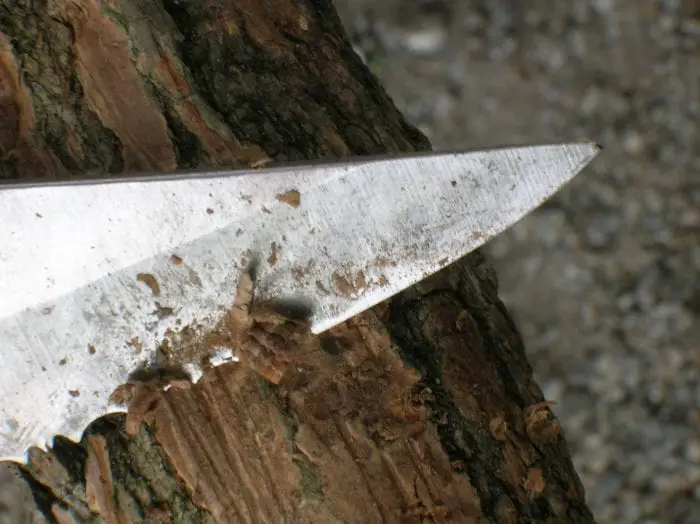
However, you can make use of it as your secondary knife (with the plain edge being recommended as your main knife during survival situations). A Serrated Knife refers to a knife with saw-like edges or teeth at the cutting surface. Using this type of knife resembles the action you use when operating a small saw. It is because it tends to carve into the item you are cutting, like foods, with complete force.
Serrated Blades work much better for cutting things, such as rope (even when wet) and tough fabric (such as seat belts or backpack straps). They also tend to work well when cutting woody-stemmed plants. There may come a time when you’ll need to rip through something very quickly. This would be especially true if you had to free someone who was trapped by a seatbelt or rope. This is the time when serrated edges truly shine.
Knives with Serrated Edges also tend to work more effectively than those with plain edges when it comes to slicing cuts, particularly tough and hard surfaces. It is because the serrations can be expected to cut and grab the surface with ease. The cutting power provided by the serrated edge can be attributed to its format. This is the main reason why even a dull one can still competently do its job of slicing.
The ability of the serrated edge to slice more competently than the plain edge ones is also based on several factors. For instance, the serrations come with high points that tend to contact the item you are slicing first. This action provides the points with higher pressure for every area even if you apply a similar pressure when using a plain edge blade. With that, the serration can be expected to puncture easily.
Furthermore, the serrations usually have a chisel-ground feature into the blade. This makes them thinner than the plain edge, which also further improves their cutting ability.
The serrated edge knife has some downsides that cause them to be ineffective as main survival knife. Among these downsides are the difficulties involved in the maintenance and the inability to create a clean-cut due to the way the teeth are shaped.
Am I Anti-Serration?
Heck No! Not at all!
I have many serrated blades. Many of my EDC knives, such as my, Swiss Army Trekker and SOG Seal Pup are serrated or partially serrated. I carry that Trekker with me, everywhere I go, and if I’m not sure what I’ll run into, the SOG Seal Pup is likely on my belt.
If I’m heading to the woods to go camping, shoot videos or to live forever, then it’s my non-serrated, Ka-Bar Becker BK7 or my Becker BK2 Campanion every time!
I believe you should have a serrated edge knife in your backpack or emergency kit and that you should carry a partially serrated or Serrated Blade for EDC because you never know what you’ll encounter. In EDC, you want to cover all your bases. However, for your main Survival Knife, the Plain Edge has the upper hand for long-term wilderness survival situations.
Plain Edge for Your Main Survival Knife
If you are looking for your “main” knife for camping and wilderness survival situations, I highly recommend the plain edge. Also called a non-serrated knife, the plain edge knife comes with a sharp and straight edge. It is quite sharp when touched but you need to sharpen it often to maintain their quality and functionality.
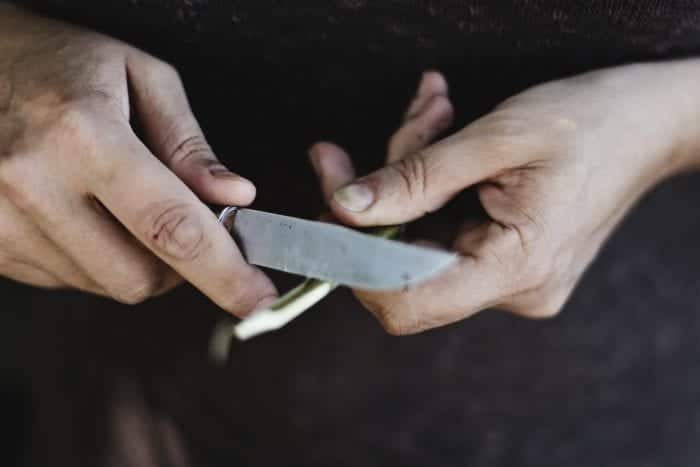
In general, you can expect the plain edge to be more versatile compared to a knife with a serrated edge, especially if you plan to use it for applications involving push cuts. This specific type of knife also delivers superior performance, especially if you need clean cuts and extreme accuracy and control whether you intend to slice or push cuts.
The plain edge also works well for certain applications, such skinning an apple, a deer and shaving. In general, the more you need to use push cuts, the more essential it is for this knife to feature a razor-polished edge.
It would be essential to go for 1,200-grit as this is what most people consider as well-polished sharp. However, you can go for at least 6,000-grit Japanese water stone in case you wish the edge to be polished even further.
A summary of benefits that make the plain edge a better choice than the serrated one if you are in search of your main survival knife are:
- Ease of sharpening – In the wild, you’ll likely have minimal sharpening equipment with you. A plain edge can be sharpened with a single stone (a dual-grit stone). A serrated edge requires more specific equipment.
- Better cutting ability – A plain edge slices where serrations are designed to tear. In my experience, in the woods and forests, there are very few things that need to be torn instead of sliced or chopped.

- Durability – Have you ever tried to baton wood with a serrated knife? You’ll end up with fewer teeth in your serrations. The serrations on the blade protrude, like tiny teeth and therefore will catch, bind and break much easier.
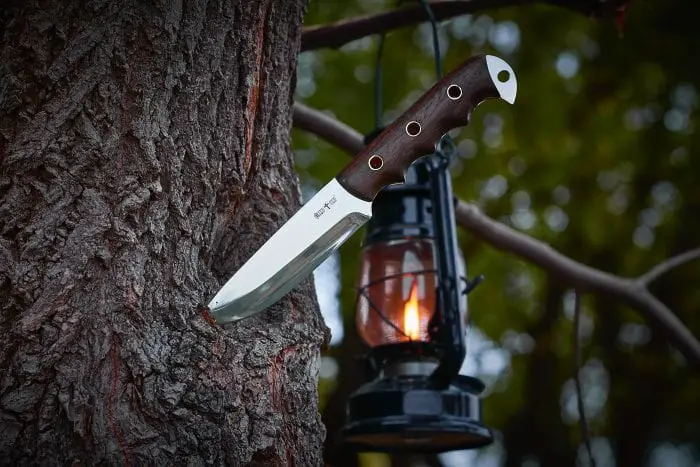
Furthermore, the plain edge knife is easier to maintain compared to the serrated one. It is because it comes with an unbroken edge, which you can easily re-profile or sharpen. A solid and durable plain edge knife, which carries a general-purpose design and shape can serve you for several years with just the maintenance you apply yourself.
Picking the Correct Blade for the Appropriate Purpose
When deciding whether to choose the serrated or the plain edge knife for survival situations, it would be best to choose by considering what blade best suits the items you intend to cut.
Go for one with plain edges for daily carry and use. If you are interested in adventure and survival and/or you are a hiker, climber, mariner, the plain edge knife is also a better choice.
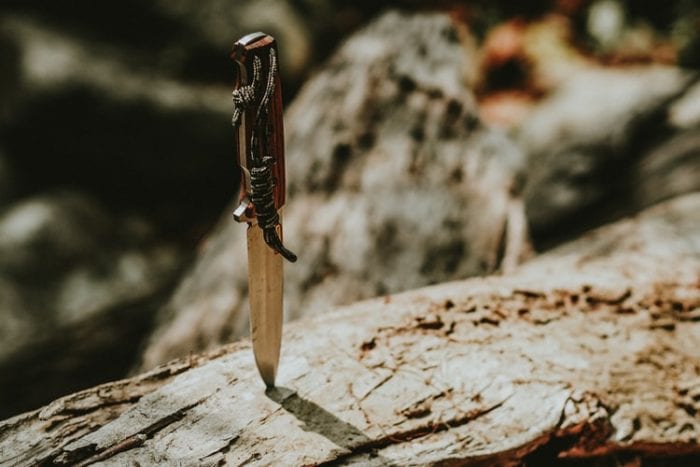
In most cases, your choice will be dependent on the specific material you intend to use the knife on.
For the serrated knife, it is a much better choice in case you need to cut harder materials requiring a good bite, so you can easily slice through. However, on soft materials, the serrations may not be ideal as they tend to easily catch and end up unraveling or unwinding the material instead of cutting it.
In such cases, it would be much better to go for a plain edge blade with a course-ground feature. It is because this specific knife can give the required catch with a low risk of ripping the item. Aesthetics also tend to contribute to blade selection. A knife with a serrated edge usually appears more threatening and menacing compared to the one with a plain edge.
With that in mind, you can use the serrated knife in case you wish to look more intimidating in the wild or battlefield.
However, if you perform utility work or sailboat rigging among guest, friends or customers, then the last thing that you want to do is to threaten or scare people. Keep in mind that while it is necessary to consider function when making your choice, you also need to take into account your prospective audience.
Conclusion
Because of its simplicity, ability to make cleaner cuts, and the ease involved in sharpening it, the plain edge tends to be a much better choice for survival situations, especially in the wild. This is why I highly recommend incorporating it into your survival gears as a main knife. However, note that it does not hurt to have the serrated knife as part of your arsenal, too.


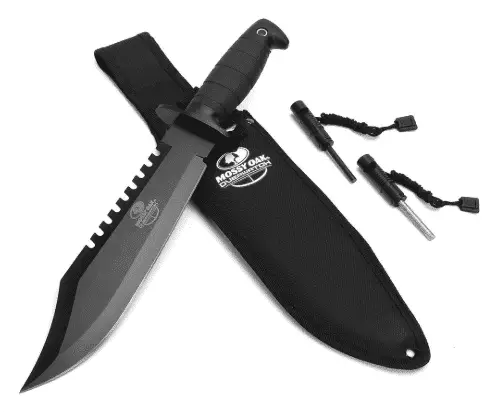
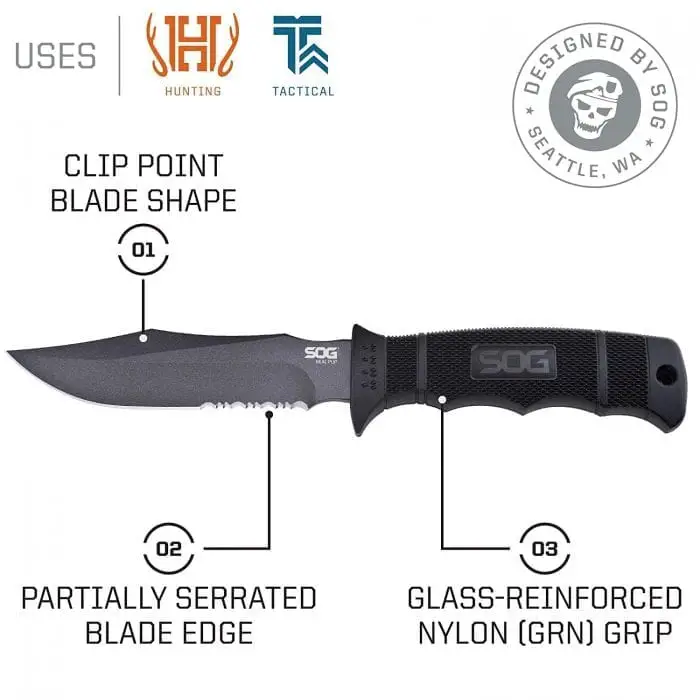
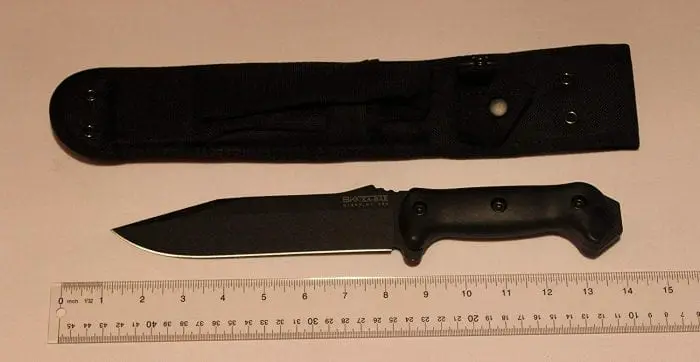
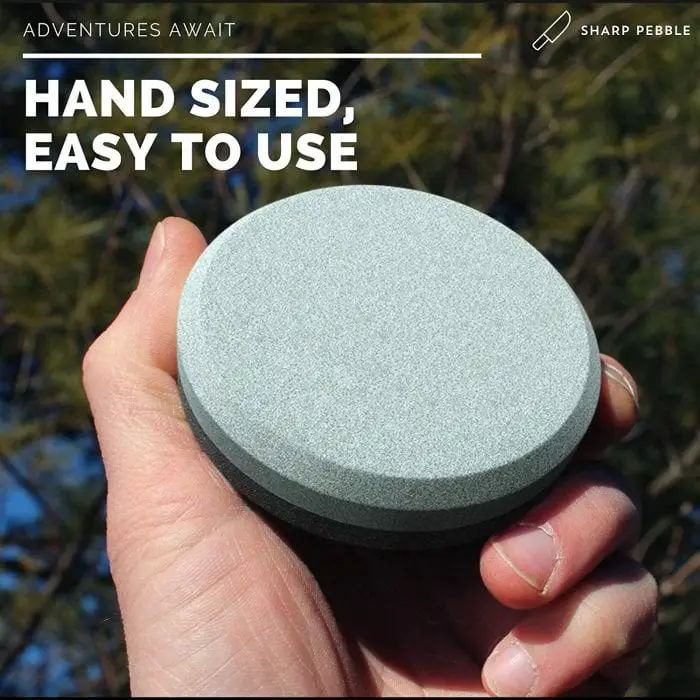
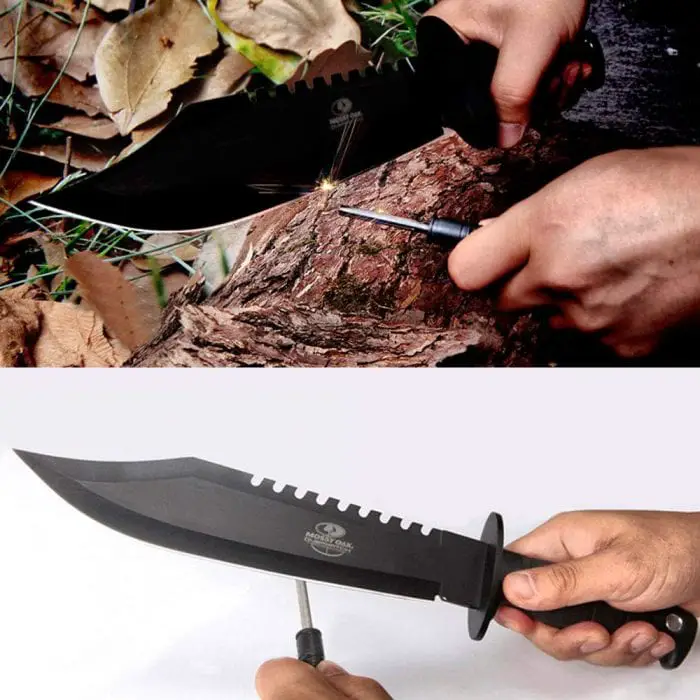
I prefer completely straight edges for just about everything. Anything that I’ve ran into where it seems easier to saw though the material with a serrated edge, can be overcome by batoning or push cutting with some weight behind it
The only thing I can think of where this wouldn’t work is if, a really thick this rope is suspended, and you need to cut though it while it’s in the hanging position.
When in a backpacking mode I prefer a combo of plain edge fixed blade like a Mora Companion MG / HD or Bushcraft Black because of their light weight and a small partly serrated folder like a Gerber LST or CRKT Drifter . Works for me .
Straight is always the best for general use and is the only option in a survival situation
To solve this I took the blade out of a break off utility knife and replaced the blade with a hacksaw blade. It is small light and perfect.
that makes a portable hacksaw not a knife
serrations are for cuttin g through flesh and bone on a survival knife
My K-bar served me well in Vietnam and while I lost that blade when I returned, I’ve replaced it with a new version of the same. I use it cutting almost everything including splitting wood for kindling and firewood. I wish I had a smaller version to carry in my EDC case.
all you people who like serrated knives don’t know what you’re talking about, a good knife with a normal smooth edge that is well sharpened can do everything you can realistically do with any knife, and it does it a lot better, and some dumb sharpening stone the size of your whole hand is quite unnecessary, I have a diamond stone that is maybe the size of a large knife and a whole lot lighter, and it cuts through metal a lot quicker for a good field sharpening
Chill dude.
A question about the Mossy Oaks knife you picture, I was under the impression that that kind of serration isn’t for sawing but for using to cut barbed wire. Am I mistaken?